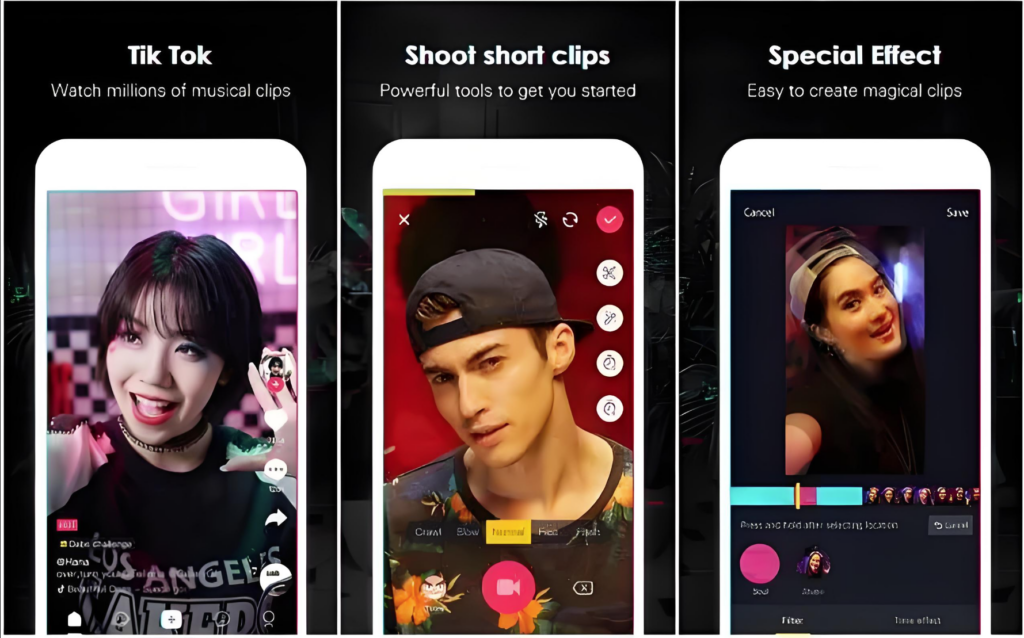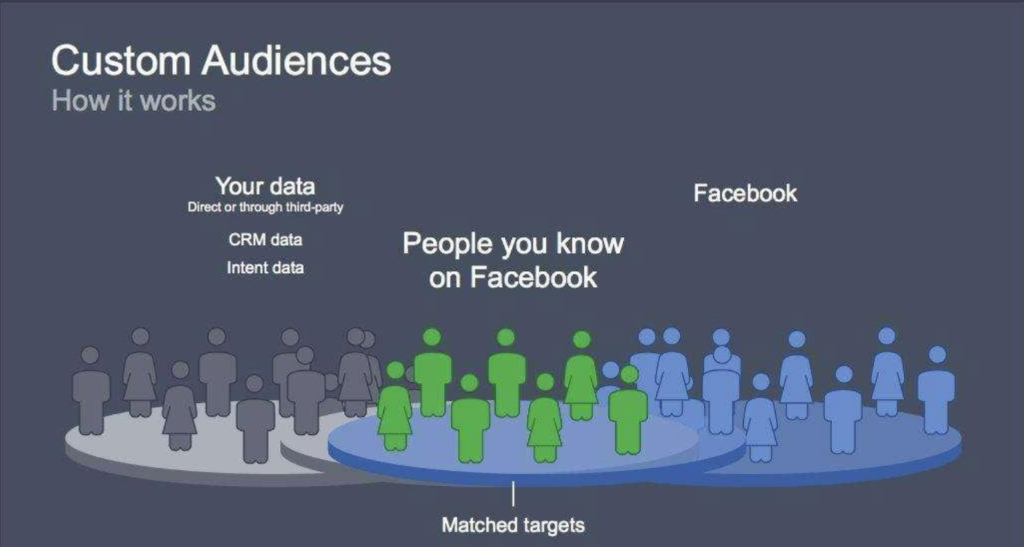How to Write a High-Quality Blog Related to Advertisers
Writing a high-quality blog related to advertisers requires not only rich content but also attractiveness and practicality. Here are some key steps to help you write an outstanding advertiser blog.

1. Understand Your Advertiser
Before you start writing, thoroughly understand your advertiser, including their brand, products or services, target audience, and market positioning. This information will help you determine the tone and direction of your blog. Communicate with the advertiser to understand their needs and expectations, ensuring that your content aligns with their brand image.
2. Determine the Blog Topic
Choose a topic related to the advertiser that can attract readers' interest. This topic should be directly related to the advertiser's products or services, but also consider the needs and interests of the readers. By researching industry trends, hot topics, and competitors' content, find a unique angle to write your blog.
3. Create Valuable Content
Content is the core of the blog, so make sure your content is in-depth and valuable. Provide real cases, data, and research results to support your points, making the content more convincing. Use clear and concise language to ensure that readers can easily understand it, avoiding overly technical jargon.

4. Add Visual Elements
A high-quality blog is not just a collection of words; visual elements are equally important. Add high-quality images, charts, videos, or infographics to enhance the attractiveness of your content. These visual elements can help readers better understand the content and enhance the overall aesthetic of the blog.
5. Include a Call to Action (CTA)
At the end of the blog, include a clear Call to Action (CTA) to guide readers to the next step. For example, encourage readers to visit the advertiser’s website, register for an event, or purchase products. An effective CTA can increase conversion rates and achieve the advertiser’s marketing goals.

6. Conduct SEO Optimization
To ensure the blog can be seen by more people, SEO optimization is essential. Choose relevant keywords and strategically place them in the title, body, and image descriptions. Also, ensure that the blog structure is clear and easy for search engines to crawl and rank.

7. Review and Publish
Before publishing, carefully review the blog content to ensure there are no spelling or grammatical errors. It's best to have a colleague or professional editor conduct a second review to ensure content quality. After publishing, actively promote the blog through social media, email lists, and other channels to expand its impact.
By following these steps, you can write a high-quality blog related to advertisers, enhancing brand image and achieving practical marketing results.





